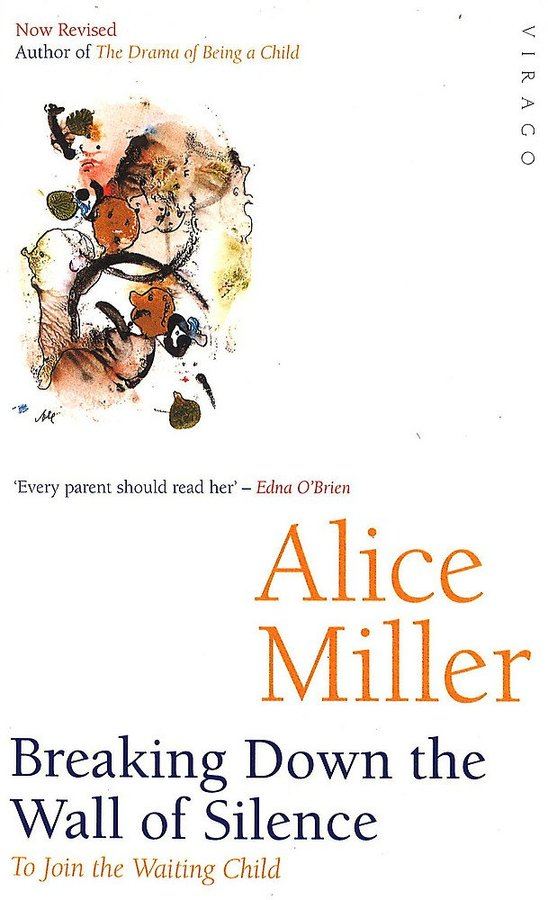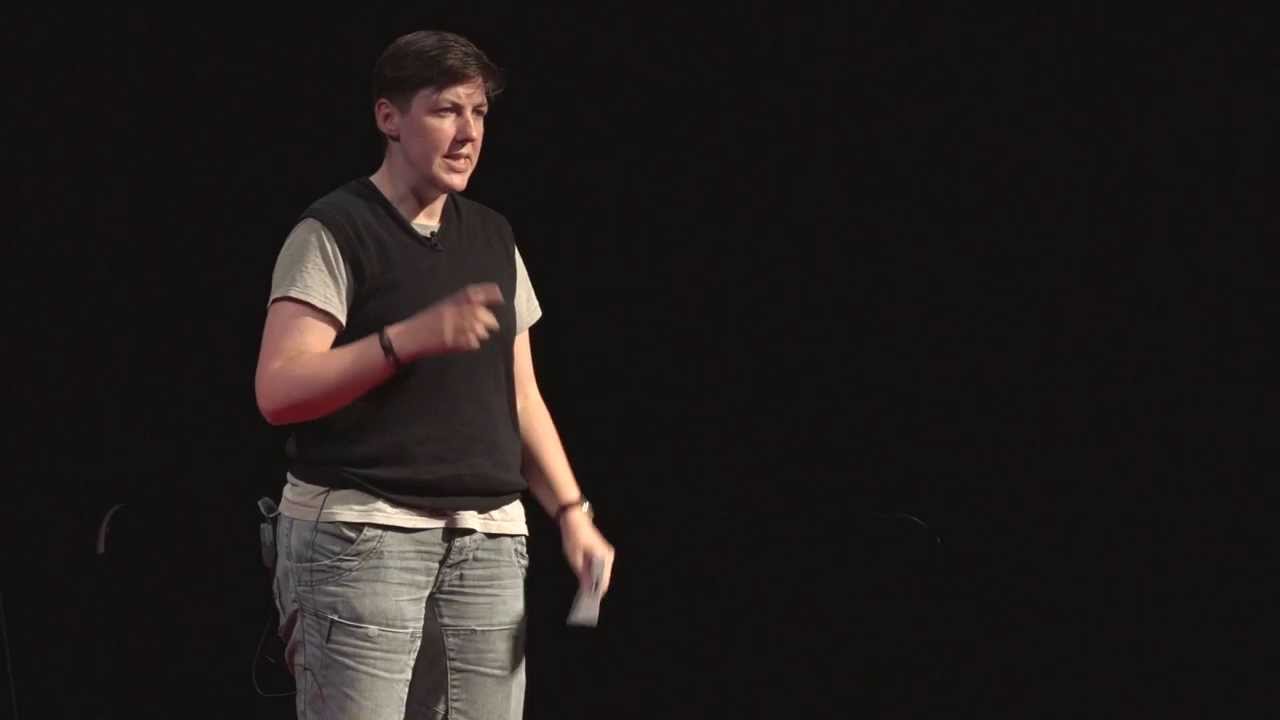As with many people of a similar age, the making of a new pair of feature films of Stephen King’s IT in 2018/9 prompted my return to the book. Much as I love Stephen King, I hadn’t read IT in over two decades. Almost, in fact, as long ago as the 27-year cycles that Pennywise, and the forces he represents, operates within.
I read IT for the first time aged 14. Hidden under the covers with a torch, I recall being told off by my parents for staying up late to read. The searing vividness of the story has, more than any other of King’s books that I read back then, stayed with me. The viciousness of the bullying, the blind eyes turned, the constant sexual and physical threat towards women and weaker men, the sexual union for the group as part of their power and as part of Beverly’s power, the relentless horror of Pennywise. I’m not sure there is another King book which so intensely follows one terrible scene with another. The relentlessness is part of IT’s terror, very much part of what IT represents.
For, I began to realise, as I re-read IT and also read (and, fascinated, re-read several times) the powerful Meg-John Barker essay that IT symbolises the many power systems and norms that try to control and contain our lives. Hidden, and yet all too often revealing their presence as they stink like the sewers in Derry, or cause the kinds of horrors that one can only associate with evil, IT examines the unquestioned structures and assumptions that contribute to causing or enabling harm.
IT in the public space is…
– Telling a whole race what they are, and are not, ‘good’ at.
– Telling a whole gender what they are, and are not, ‘good’ at.
– Telling people that relationships and love only work in a certain way, that there is a right and a wrong way to love.
– Telling people that English is ‘easy to learn’ so they feel stupid and we feel able to mock their inability to be fluent and at ease in what may be their second or third language.
Crucially, like the adults who turn a blind eye in the book, IT is also the way that these fear systems are ignored, unquestioned or, worse, merely accepted in much the same way as the adults in the novel accept the constant disappearances and deaths in Derry. The message here is one with which we have been familiar all through the current decade: that this is just how things are; that we can’t do anything about it except carry on as if it were not happening.
But, it’s not just the external sewers that we need to be aware of. There are deep and dark places inside ourselves too. These are our past, the experiences that shaped us before we even knew who we were; the local and personal environment that constructed and constructs us, past and present.
IT in the private/personal space is…
– Telling yourself that you should or should not feel a certain way.
– Telling yourself you are not good enough.
– Telling yourself that you cannot change.
– Telling yourself that how you see others and the world is the only way in which to see the world.
Like the blood in the sink that adults cannot see, the individual ways in which we all interface with and interact with the world are often invisible.
Taking this idea a step further, I see IT in the personal sphere as non-acceptance. Non-acceptance of the fact that we are shaped by our pasts and our environments, and of the idea that how we see the world is probably not how it is. Non-acceptance of our selves; non-acceptance of the differences in all of our experiences and of the force of these differences.
We need to bring those unquestioned assumptions and ideas about ourselves and our story into the light – we need to ask ourselves why we see certain things, people and ideas in certain ways; to learn, as the children in It do, to go deep into the sewers to see it, and ourselves, face to face. It’s important to understand that, even when we are unaware of them, these parts of ourselves that we refuse to see cause pain. This pain might be directed inwards at the self and take the form of overeating, excessive drinking or even excessive healthiness; it might direct itself outwards as anger or misogyny or racism or even just smallness of mind and of ambition. IT can even manifest itself as physical symptoms. But it is all driven by that core of non-acceptance.
And yet there is nothing rotten about this core; it’s just as much a part of us as our nose and our toes. There’s no judgment here. Just the realisation and the request that you look inside and start to question why and how you think and feel.
Because we all struggle with acceptance. That struggle is very much part of what being and becoming fully human involves. It’s not easy – it’s a hard and lifelong fight. And, yet, what’s the purpose of being alive if not to become more fully human?
For me, the opposite – the flip side of IT – is acceptance, but this is a word which contains multitudes. It contains: gratitude, wonder, curiosity. In essence, it contains love.
It is conscious and total acceptance of self that allows acceptance of difference and ‘otherness’ – whether ‘other’ means a different gender or alternative sexuality or skin colour or just even someone from a different part of town from you. It is only acceptance that create the spaces where change can really happen. It is individual transformation that can, and does, change the over-arching systems in the end. Transformation comes from allowing yourself to feel the range, and the strength of, the feelings within you. To feel and to do the work of processing: to accept the dark, painful and often scary parts of yourself. It is hard work and it’s also the work of a lifetime but it’s also the work of being alive, the work of being fully human, as opposed to part of IT. It is work that’s worth doing.



















